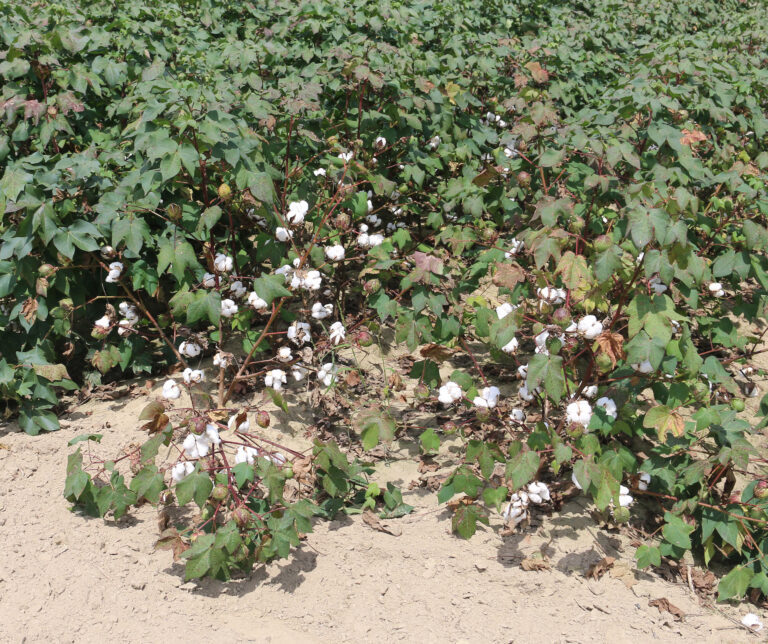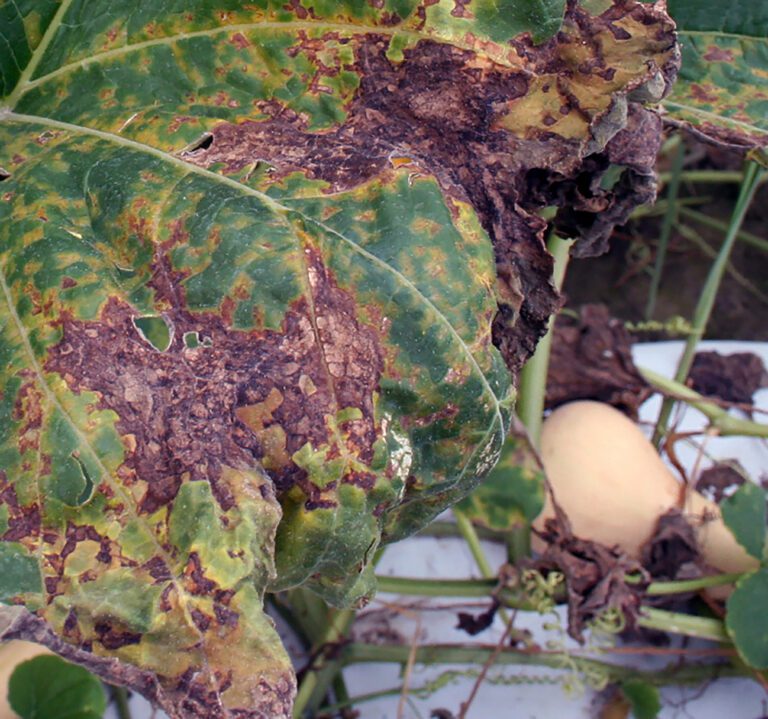Research Projects
Stream Restoration and Monitoring
Hunnicutt Creek is an important asset to Clemson University. It is the primary pathway of water that drains from roadways and parking areas located around campus.The Hunnicutt research team, which is primarily composed of Clemson University undergraduate students, is actively trying to maintain a healthy system by restoring the riparian zone. A riparian zone is the surrounding area of a stream bank that acts as a buffer from chemicals and other harmful elements that could degrade the quality of a stream. One way the students are restoring the riparian zone is by removing invasive species of plants (see the Invasive Species webpage). While the riparian zone is being restored, they are monitoring the quality of the stream in multiple ways. Once a month, the Hunnicutt research team collects information from multiple significant locations along the stream and enter the data into the SCAAS website or other database. They are also working with instrumentation that collects data such as velocity, depth, and other physical measurements. Annually, they go out into the field and survey cross-sections and longitudinal profiles of the creek to see how the channel geometry has changed over time. They hope that this will help them better understand how Hunnicutt Creek is reacting to restoration efforts as well as major rain events and human influences.
 “
““I’m super passionate about diversity. Clemson is already moving towards that, but I want to help trail-blaze it.”
Caterra Heard-TateNutrition, Class of 2021Anderson, SC
South Carolina Adopt-A-Stream
South Carolina Adopt-A-Stream (SCAAS) is a volunteer-based monitoring program that has branched from the original Georgia Adopt-A-Stream. The program’s five goals are summarized by ADOPT: increase public Awareness , collect quality baseline water quality Data , gather Observations , encourage Partnerships between citizens and their local government, and provide citizens with the Tools and Training to evaluate and protect their local waterways. SCAAS emphasizes research regarding chemical qualities (pH, temperature, conductivity, dissolved oxygen), bacteria (E.coli), macroinvertebrates, and amphibians. We have implemented these SCAAS protocols into our adaptive management plan and are monitoring the Hunnicutt Creek for both chemical and biological factors. These factors will be monitored monthly with the results uploaded to the SCAAS website to form a documented data set. The data collected from these surveys will help determine overall water quality and stream health for not only the restoration site but for the Hunnicutt Creek watershed as a whole. To learn more about this program, visit Clemson’s webpage .
The ecological health of Hunnicutt Creek is assessed through the identification and counting of aquatic macroinvertebrates, which serve as indicators of stream quality. Restoration efforts on the creek are expected to change the composition of these macroinvertebrate species. Additionally, amphibian monitoring and the propagation of native plant species contribute to the overall restoration trajectory of Hunnicutt Creek.

Macroinvertebrates
Identifying and Macroscounting aquatic macroinvertebrates reveals the ecological integrity of that specific portion of a stream and reflects the synergistic effects of the environmental conditions. Certain species are more sensitive to pollution than others, so the presence or absence of a population provides insight into overall stream quality. A D-frame net is used to sample a variety of habitats, including woody debris, leaf packs, vegetative margins, and the stream bed. The species collected at Hunnicutt Creek indicate that the majority of individuals are somewhat sensitive to pollution while most of the macroinvertebrates at an off-campus reference site are sensitive. Further restoration of Hunnicutt Creek may change the species composition of Hunnicutt Creek.

Amphibians
Amphibian monitoring was established in the restored section of Hunnicutt Creek to discover species Tree frogrichness. A comparative reference site, located in the North Forest, serves as a model for restoration trajectory. Coverboards and PVC pipes were installed throughout the stream restoration. The coverboards are 1’X1’X1” boards that are placed on the ground intended to attract salamanders, snakes, and other animals avoiding the sun. The PVC pipes are designed to allow treefrogs to enter and feel safe from predators protecting them from almost every side. Both are placed next to the stream to ensure higher habitation. Multiple stations are set up along the stream with two PVC pipes and two coverboards at each station. Since the PVC pipes are only used by a few species of treefrogs, the team listens for frog calls in the evenings to more thoroughly detect all of the different frog species present.

Propagation of Native Plant Species
Propagation is the process of creating or growing more plants from a parent stock. This can include growing from seed or using cuttings. Due to the absence of native understory plants because of the heavy presence of invasive species, students collected cuttings and seeds from forested areas on the North and South Clemson Forest. Native plant species included Paw Paw (Asimina), Sweet Shrub (Calycanthus), certain fern species, Spice Bush (Lindera), and many others. The student research team used both techniques and utilized the Clemson greenhouses to stimulate the root and plant growth of these various species. The students’ hope was to grow these plants out and replant them into the Hunnicutt Creek riparia. The students found that some species propagate easier than others and their further research will be to study which plant species propagate the best.
We’re here for you…

Blanche Rivera-Gonzalez
Blanche Rivera-Gonzalez is a senior Environmental Engineering student from Tampa, Florida. Blanche joined the team in the summer of 2021 assisting with physical monitoring and water quality data, laboratory analysis, and field collections. Blanche is helping with the removal of invasive plant species, field operations monitoring, and field collections within the Hunnicutt Creek watershed projects and others handled by our office. That includes managing lab activities, instrumentation installation, maintenance, and calibration as well as assisting on field tours and website updates.

Katie Baucom
Katie Baucom is a senior at Clemson majoring in Wildlife and Fisheries Biology. She first started with the project in the summer of 2021 and will be working until she graduates in the spring of 2022. She has helped check on equipment and monitor water quality as well as help with various other projects. A fun fact about her; she has an identical twin!

Colin Kane
Colin Kane is a senior Forestry Resource Management major at Clemson University and also a member of Alpha Phi Omega. He began working as an intern with the Hunnicutt Creek project in the summer of 2021. He assists mainly with water sampling, invasive species removal, and sensor maintenance.

Julia Jellema
Julia Jellema is a senior Plant and Environmental Sciences major from Charleston, SC. She began working with the Hunnicutt Restoration project as a junior in 2019 and primarily focuses on bacterial lab work, macroinvertebrate surveys, invasive species removal, and keeping this website up to date with all of the fun research being done! Julia’s research interests include lignin, sustainability, and plant-based drug development.

Madison Lasala
Madison Lasala

Hannah Jellema
Hannah Jellema studied Environmental and Natural Resources at Clemson University. Hannah joined the research team in 2019 and assisted with water quality data collection, physical monitoring, vegetation surveys, and website maintenance. **Hannah was recently accepted into law school and began her 1st semester at UGA in the Fall of 2021.

Savannah Seeber
Savannah Seeber studied Environmental and Natural Resources, with a concentration in Conservation Biology. Savannah joined the research team in the fall semester of 2019 and assisted with vegetative surveys, physical monitoring, and water quality monitoring.

Amanda
Amanda McIntosh studied Environment and Natural Resources at Clemson University for her undergraduate degree. She was added to the Hunnicutt Research Team over the summer of her sophomore year to work on removing invasive plant species within the Hunnicutt Creek watershed. She was also the web editor of the Hunnicutt Creek website during her stay at Clemson. She also conducted monthly water quality surveys of Hunnicutt Creek. **Amanda is currently working at the Savannah River Site ecology laboratory.

Kaleb Painter
Kaleb Painter studied Wildlife and Fisheries Biology at Clemson University for his undergraduate degree. He was added to the Hunnicutt Research Team the summer after his sophomore year to work on removing invasive plant species within the Hunnicutt Creek watershed. He also collected water quality data for Hunnicutt Creek.

Robert White
Robert White studied Agricultural Mechanization and Business at Clemson University and was a member of the Clemson Bass Fishing Team. He was added to the Hunnicutt Creek Research Team the summer of 2018 and focused the majority of his efforts on invasive plant species removal within the Hunnicutt Creek watershed. Robert helped with water quality testing, lab work, and simple shop fabrication needs.

Zachary Ballard
Zachary Ballard studied Agricultural Mechanization and Business at Clemson University. He was also a member of Clemson Army ROTC. He joined the team during the spring semester of 2018. His focus was on any fabrication needs as well as a lab assistant.

Brett Kelly
Brett Kelly was a Wildlife and Fisheries major from Abbeville, South Carolina. He is an avid outdoorsman who enjoys trout fishing and duck hunting. His role with undergraduate research was primarily related to stream health. He assisted Jeremy Pike with multi-habitat macroinvertebrate sampling in many upstate streams. He collected macroinvertebrate samples in the field and then sorted them in the lab at a coarse taxonomic level. He also assisted other interns with various water quality monitoring duties on Clemson’s campus. **Brett recently graduated with his MS in the Department of Natural Resource Ecology and Management at Iowa State University.

Sean
Sean McKinney was a Wildlife and Fisheries major. He conducted laboratory analysis and field collection for multiple research projects. He helped manage laboratory activities and took responsibility for lab vehicle maintenance. He became involved with field operations for the Intelligent River Project on Clemson University’s campus. He was also involved with the installation, maintenance, and calibration of multiple sensors on Hunnicutt Creek. **Sean recently accepted a position with York County’s stormwater division.

Carolyn Lanza
Carolyn Lanza studied Environmental and Natural Resources: Conservation Biology at Clemson University. She was an important part of the wetland and stream restoration of Hunnicutt Creek since her sophomore year. She worked on creating an invasive species management plan for Clemson’s campus and coordinating volunteer groups to help with invasive vegetation removal. Carolyn planned to continue her education by attending graduate school for stream restoration. **Carolyn is currently working as a project manager at Wildlands Engineering and is the primary contact for biological monitoring for multiple projects.
CAFLS Research in the News




